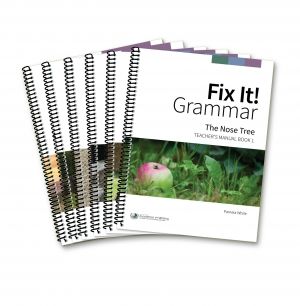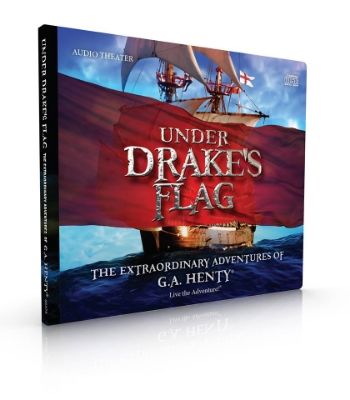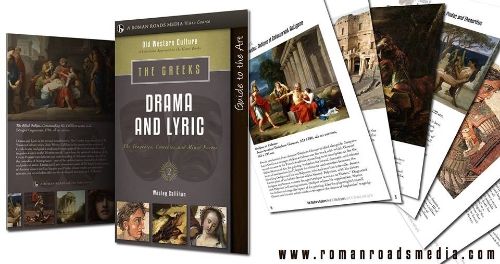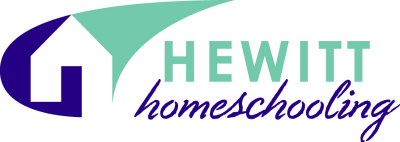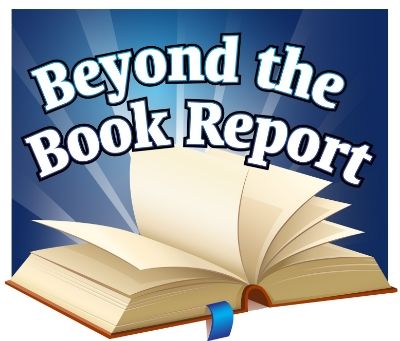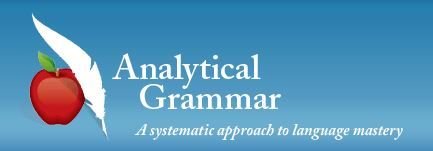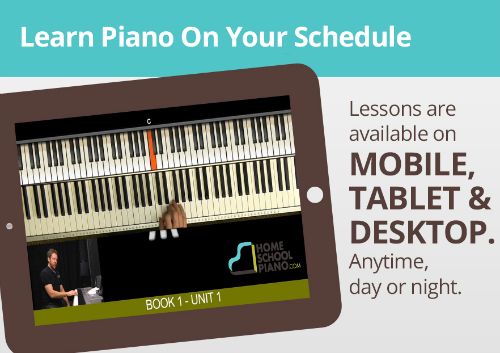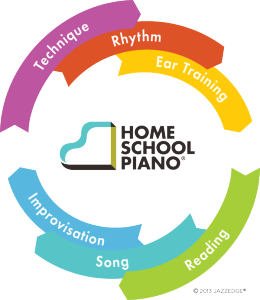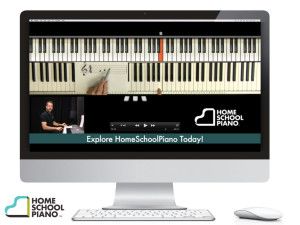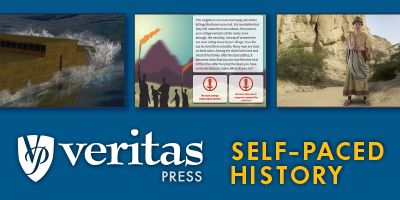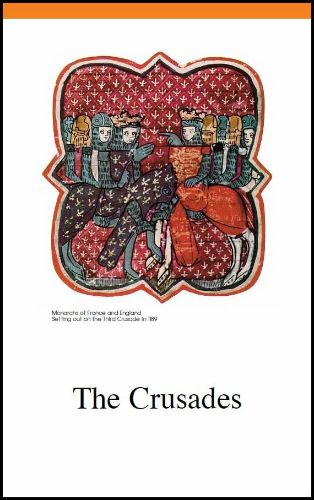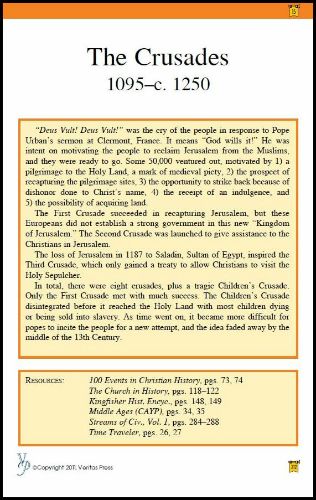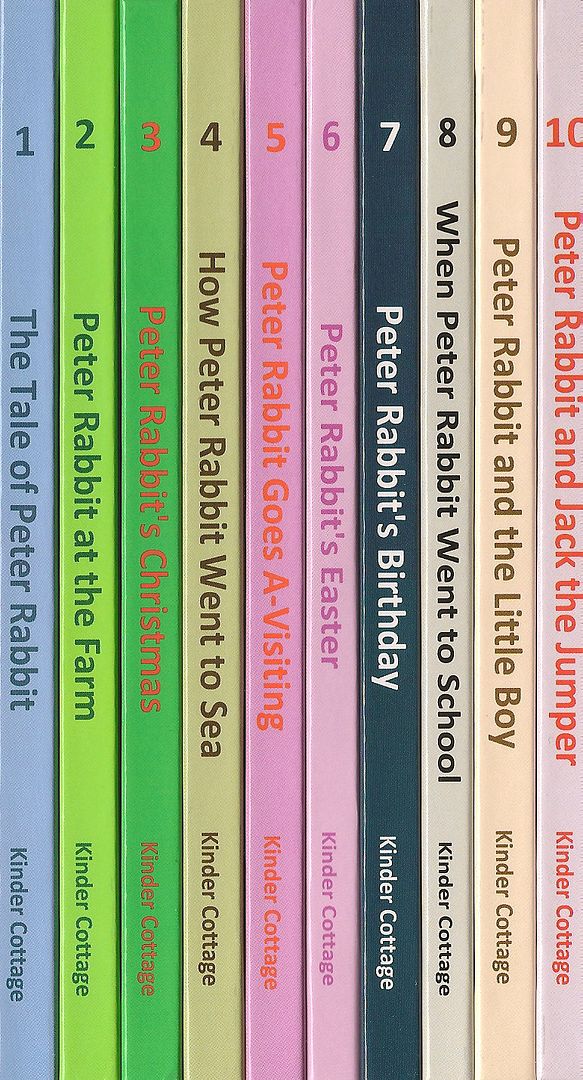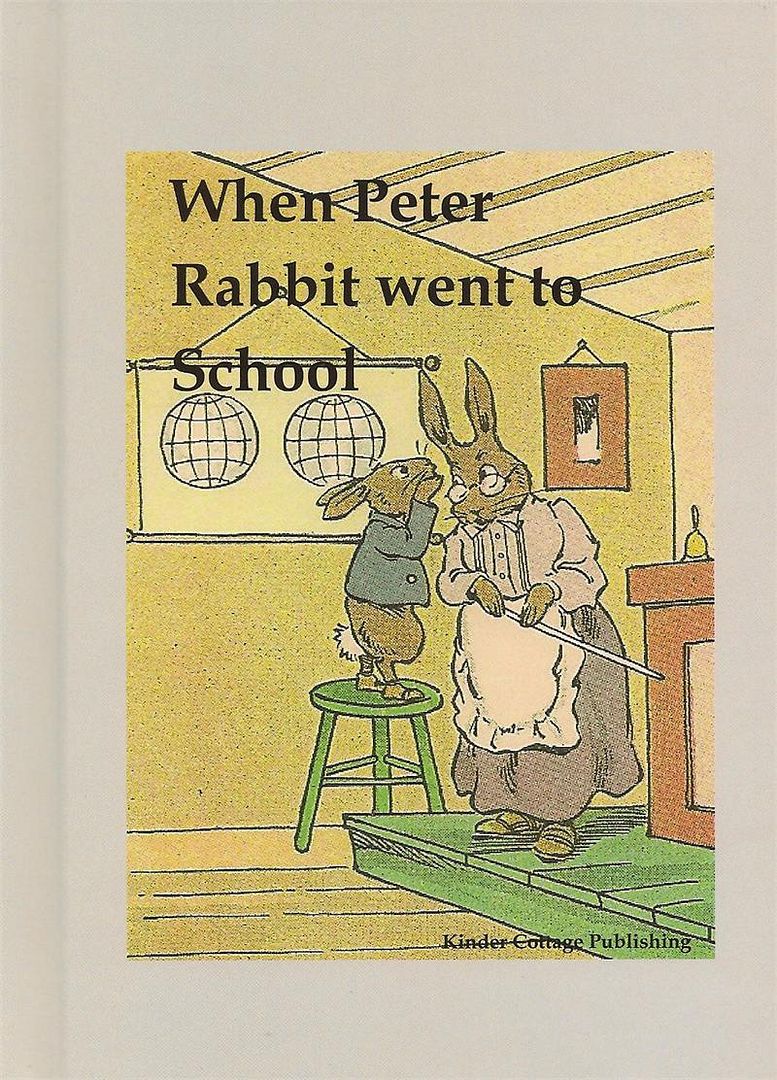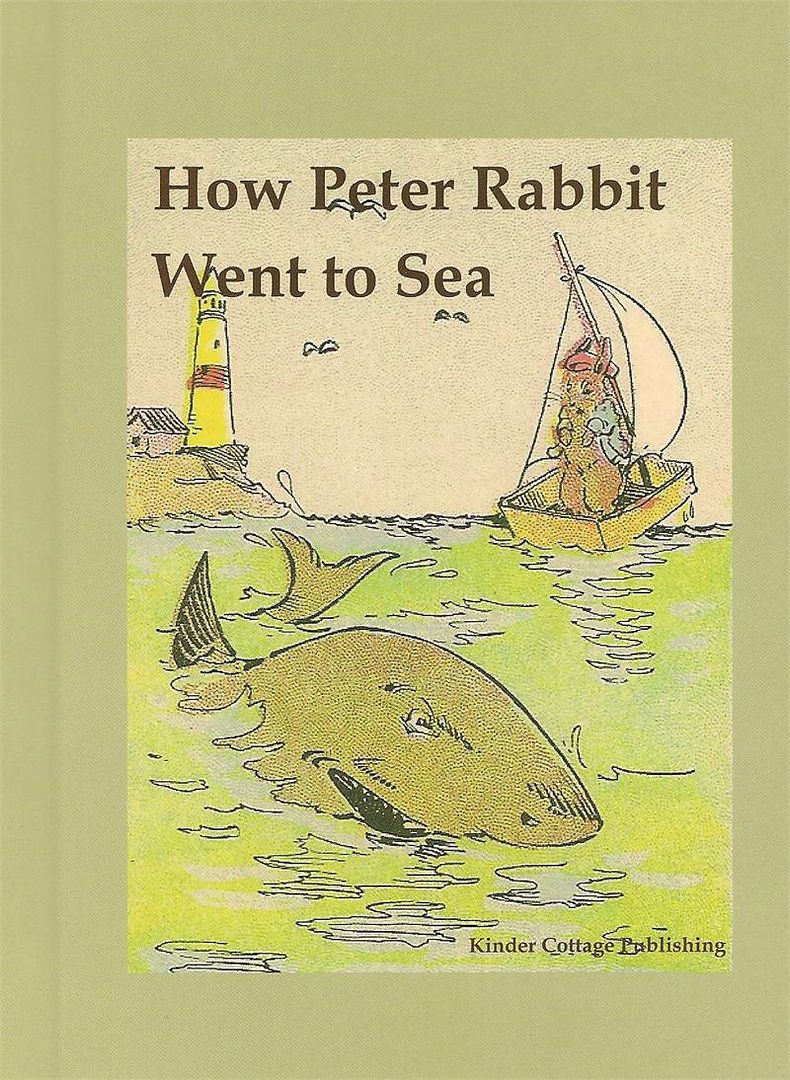I jumped at the chance, and chose the Essay Rock Star Expository Essay Writing Course.
Fortuigence is a company founded by Ms. Lily Iatridis (or Ms. I, as she is known to her students). She has over 10 years of teaching in a classroom, but chose to take some time off to start a family. By starting Fortuigence, she is able to tutor students in writing while having the flexibility to spend time with her own family.
There are four courses available from Fortuigence:
These courses are geared at students ages 12-18, and are priced individually at $57 (or you can purchase a bundle of all four for $197). Each course is worth 0.125 high school credit, which means all four courses would be equal to 0.5 high school credit. These courses are self-paced, so your student can take as much time as they need to master the material.
The Expository Essay Course has seven lessons:
- Introductions, rubric, pre-assessment
- Purpose and Description, Brainstorming
- Organizing Ideas
- Free Writing
- Revision
- Editing
- Wrap Up
Each lesson has video of the concept being taught, along with a written lesson for the student to read. Embedded in the written lesson are links to helpful resources--for example, the lesson on editing has a link to a page with a list of sentence transitions. Once the student completes the lesson, it is time to do the assignment. The student completes the writing assignment and sends it to Ms. I, and she provides feedback via email. Sometimes she gives an immediate go-ahead for the student to move along to the next lesson, and other times she has the student work more on that particular lesson.
I chose to sign Ezekiel up for the Expository Essay course. I'll be honest and say I had no idea what to expect. He's a reluctant writer (actually, reluctant is probably an understatement). He has a lot of great ideas, but resists getting them out of his head and onto paper. I figured Ms. I would have her work cut out for her with him, but I was also curious to see how an outside writing teacher would handle him. I figured he would be a good challenge for Ms. I :).
Shortly after we signed up, life kind of exploded. There were extra doctor appointments and testing to figure out the cause of Ezekiel's back pain (bulging disks), and the youngest got orders to start physical therapy for knee pain. All of our activities started, which meant I was on the road a lot, and my workload at work increased. I was concerned about falling behind with this course, but because this course is self-paced that did not happen. This also meant that the extent of my involvement became "Ezekiel, are you working on your essay course?".
Getting him going was rough. The student has to provide a writing sample so Ms. I can see what the starting point is for that particular student. I didn't have a writing sample available, so he had to write something new. Once he did this, though, he was no longer resistant. Ms. I's feedback was encouraging, and I think that alleviated a lot of his nerves.
But, here's the biggest shocker: He's enjoying the course. He was very excited to be able to write about gymnastics. He has not been rushing through; he's been taking his time and trying to do what Ms. I asks of him. The feedback he has received for each step has been direct and encouraging and extremely helpful. When he's gotten stuck, he has emailed Ms. I with questions, asking for additional clarification. She is forcing him to think through what he is writing so that everything is relevant and concise with no extraneous information. Feedback has been received within 24 hours, which has been very impressive to me and has kept Ezekiel moving along. He is still in the revising stage, and I look forward to reading his final essay.
If you are looking for a personal writing teacher for your child, give Ms. I at Fortuigence a chance. I am so impressed with what she has done with Ezekiel's writing--I hope to sign Luke and Jacob up as well.




